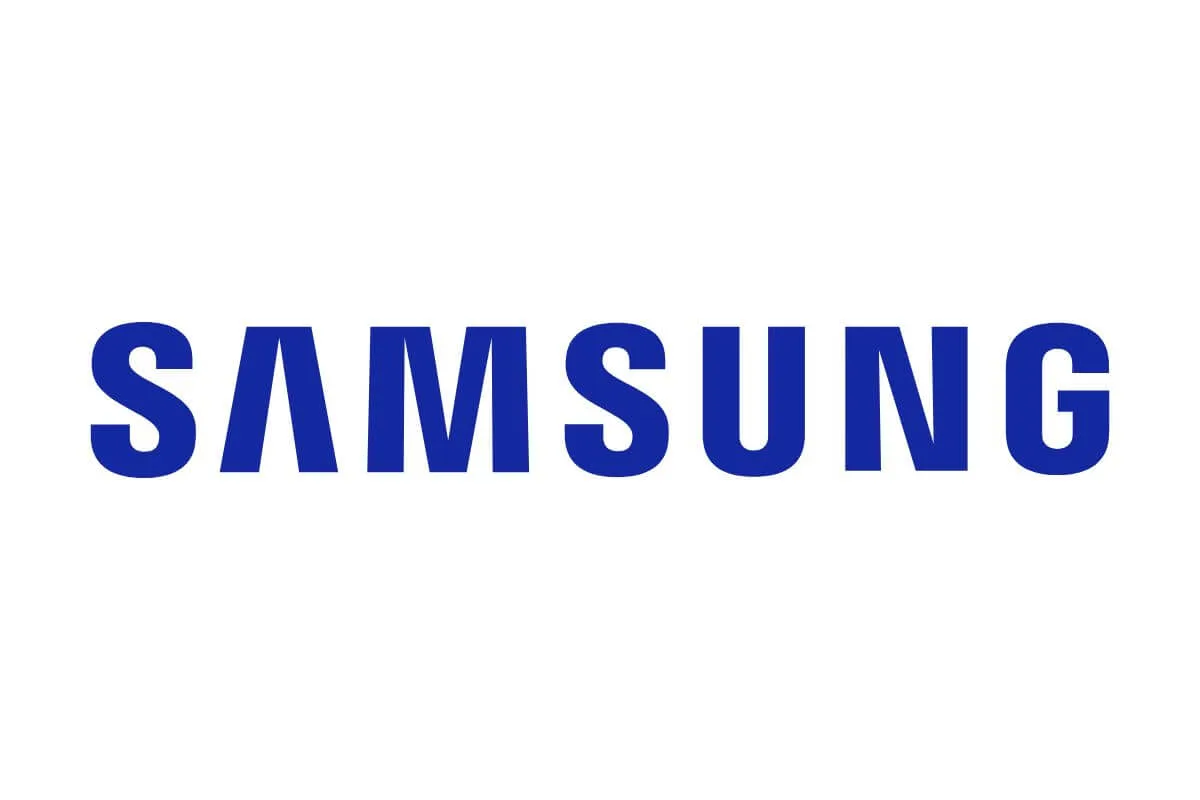
Samsung Electronics said it is accelerating preparations for future communications by integrating AI technology into the Radio Access Network (RAN), from radio units (responsible for conversion between analogue and digital signals at base stations, antennas, etc.) and digital units (including modems for digital signal modulation and demodulation, schedulers for resource allocation, etc.) to system operation, thereby advancing the convergence of telecommunications and AI technologies.
Also Read: SoftBank and Nvidia Build AI-Powered 5G Network Using AI Aerial
Samsung's Push for AI in Telecom Networks
The South Korean electronics company highlighted that the future telecommunications market is emphasising sustainability, including enhancing user experience and energy efficiency, beyond just the improvement of data transmission speeds. "As a result, technologies that integrate communication and AI are gaining attention," Samsung Electronics said on December 31, 2024.
AI-RAN
RAN, which links mobile phones to core networks, plays a key role in determining data transmission speeds and communication quality. As the largest energy consumer within telecom networks, including core networks and data centers, RAN is a focal point for energy-saving innovations.
"Samsung is conducting research on AI-RAN technology, which integrates AI technology into RAN," the company said.
Also Read: SoftBank and Fujitsu Partner to Drive AI-RAN Commercialisation by 2026
AI-RAN Demonstrations
Samsung stated that its AI-RAN technologies, demonstrated at the Silicon Valley Future Wireless Summit last November in collaboration with partners, showcased significant advancements in data throughput (the amount of data successfully transmitted by a base station over a certain period), communication coverage (the geographical range where communication services provided by a base station are available), and energy efficiency.
Samsung said it is using AI technology to improve the performance of channel estimation technology for estimating the state of wireless channels where data is transmitted between base stations and mobile phones.
AI-enhanced channel estimation, for example, improved downlink and uplink data speeds compared to 5G RAN, while adaptive power usage boosted energy efficiency. "In addition, it was shown that energy efficiency was enhanced by applying power adaptively according to the strength of transmitted signals," Samsung said.
"These industry-first demonstrations shown to telecommunications operators with Proof of Concept (PoC) results applying AI across the entire RAN have identified AI's potential to significantly enhance communication performance, user experience and energy efficiency in future communication networks," the company added.
Also Read: SoftBank Signs MoU for AI-RAN and 6G Network Research
AI-RAN Collaborations
"Samsung Electronics will continue to work with our ecosystem partners to lead innovation in making AI-RAN a reality in the coming years," said Charlie Zhang, Senior Vice President at Samsung Research America (SRA) and Head of the 6G Research Team at Samsung Research.
Nvidia
"Wireless networks will be AI-Native, with the capability to harness AI, for necessary improvements in RAN performance and spectral efficiency," said Ronnie Vasishta, Senior Vice President of Telecom at Nvidia. "Our deep collaboration with Samsung and other research partners around the world is demonstrating that AI-RAN infrastructure accelerated by the Nvidia AI Aerial platform can bring significant performance gains in radio signal processing while hosting AI and RAN together on the common infrastructure."
Also Read: SoftBank and Ericsson Partner to Explore AI-Integrated RAN Solutions
SoftBank Corp
"Leveraging Samsung's AI technology, we anticipate substantial improvement in our uplink link budget and enhanced communication stability for both downlink and uplink," said Ryuji Wakikawa, Vice President and Head of the Research Institute of Advanced Technology at SoftBank Corp. "As we look to the future, this AI-driven approach is expected to evolve further and become a cornerstone of 6G technology. SoftBank recognises the pivotal role of this AI-based technology in transforming the future of the telecom landscape and eagerly awaits its commercialisation."
Also Read: SK Telecom and Samsung Leverage AI to Optimise 5G Base Station Quality
NTT DoCoMo
"It was very impressive to see the AI-RAN demonstrations produce meaningful gains over existing solutions. I believe Samsung's advanced AI-RAN technologies can promote early commercial deployment of AI-RAN in the 5G network and help initiate AI-RAN discussions in preparation for 6G," said Takehiro Nakamura, Chief Standardisation Officer at NTT DoCoMo.
KDDI Research
"Samsung's demonstrations highlighted the significant potential of AI for RAN," said Satoshi Konishi, Executive Vice President and Head of Advanced Technology Research Laboratories at KDDI Research, Inc. "We look forward to further advancing the integration of communication and AI together."
Also Read: NVIDIA AI Aerial: Merging Wireless Networks and Generative AI on a Unified Platform
Viavi
"Viavi is pleased to have supported Samsung with a joint AI-designed air interface demo, continuing the strategic collaboration between industry leaders," said Ian Wong, Senior Director of RF and Wireless Architecture, Viavi. "Viavi and Samsung are proud to lead the way in showcasing the tremendous potential of AI to significantly improve the spectral and energy efficiency of 6G."
Emerson
"Emerson is pleased to be working alongside Samsung and the industry to explore how generative AI can transform 5G and 6G networks," said Ritu Favre, President of Test and Measurement Business Group at Emerson.















